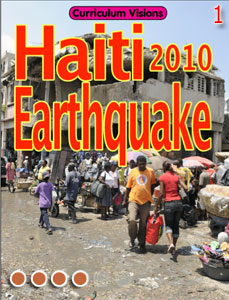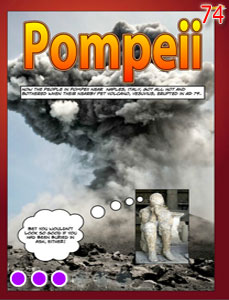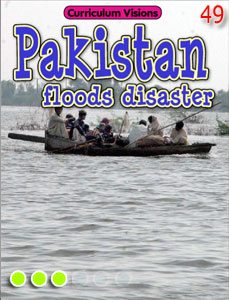A hazard is a natural event, or something known about, and for which insufficient efforts have been made to protect people and property. So, for example, earthquakes zones are known about. They are a hazard. When a major earthquake strikes, it will cause a disaster unless buildings, roads and bridges have been built to stand up to it.
Natural hazards include earthquakes, landslides, volcanic eruptions, floods, hurricanes, tornadoes, blizzards, and tsunamis.
Poorer countries often face the greatest problems when a natural hazard hits because they will have been able to do less about preparing to cope with the risk. So, while the hazard of a tsunami was known about in 2004, there was no system in place to tell people of it so they could get out of the way in time. As a result a quarter of a million people lost their lives, and huge damage was done to properties along the coasts of SE and S Asia.
The difference between preparedness and no preparedness is huge. More than 95 percent of all deaths caused by hazards occur in developing countries, and losses due to natural hazards are 20 times greater in developing countries than in industrialised countries.
As you can see, if a natural hazard happens in a place with no people, then it has no effect on people and it is not a disaster. It only becomes a disaster when people are involved. So the presence of people makes an area prone to disaster.
Disasters are the result of people not introducing the correct disaster management plans.
Some disasters are not due to the effects of a hazard, but due to people making a hazard where they was not one before. Ploughing up land in windy, dry regions causes the wind to remove the soil, eventually making it impossible to farm. The U.S. Dust Bowl disaster of the 1930s is the best example. The grass that was there before held the soil in place. There was no hazard. People were entirely responsible for creating their own disaster.
Cutting down trees in mountain areas, or areas with high rains is common in the tropics. The forest that was there before loosened the soil and made it possible for the rain to seep into the ground harmlessly. There was no natural hazard present. But when they cut the trees down, the heavy rain washed over the ground, carrying soil away and causing flood disasters in areas of lowland where the river waters surged. Thailand, and Bangladesh are just two of many countries that suffer disastrous floods which did not happen in the past.
People also create disasters by taking no notice of the hazard. A river floodplain floods. That is what it does. So if you build houses on it because you want to be close to a river and it floods, those houses will become flooded. There was no hazard before. The disaster has been entirely caused by people taking no notice of how nature works.
Much of the increase in the world's population has been in hazardous areas, so it is to be expected that disasters will become more serious and more common in the future.











